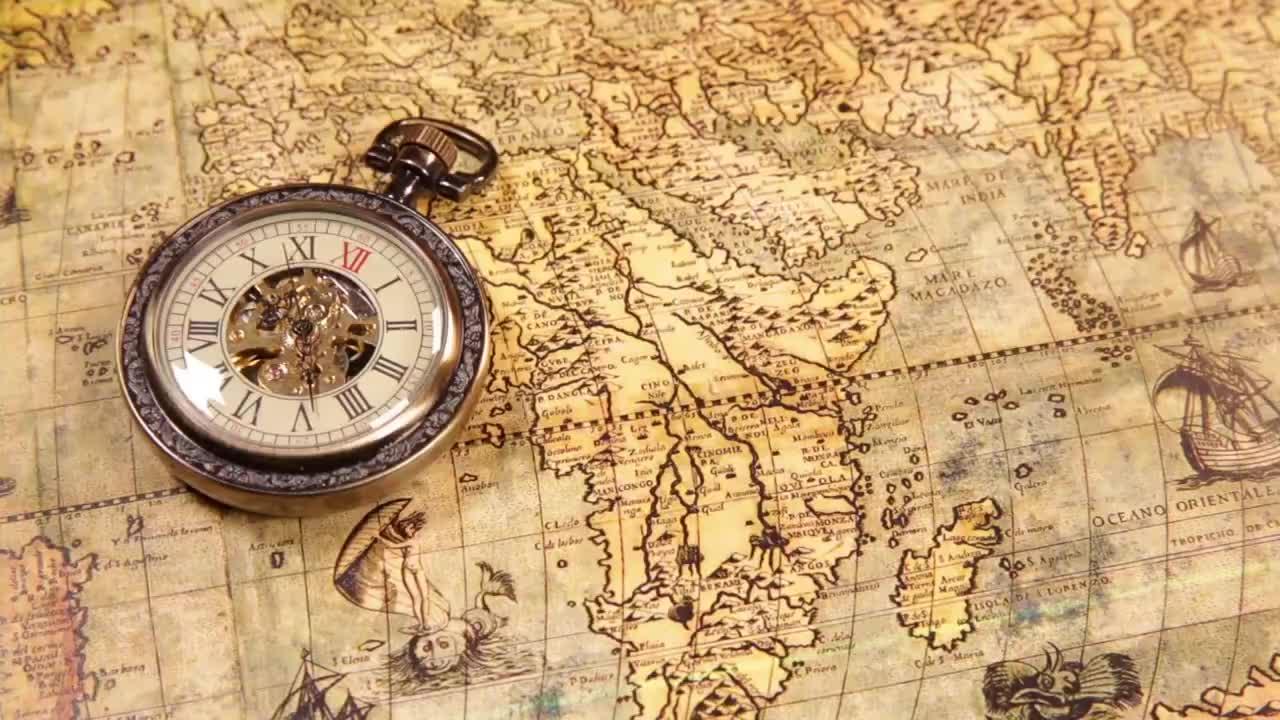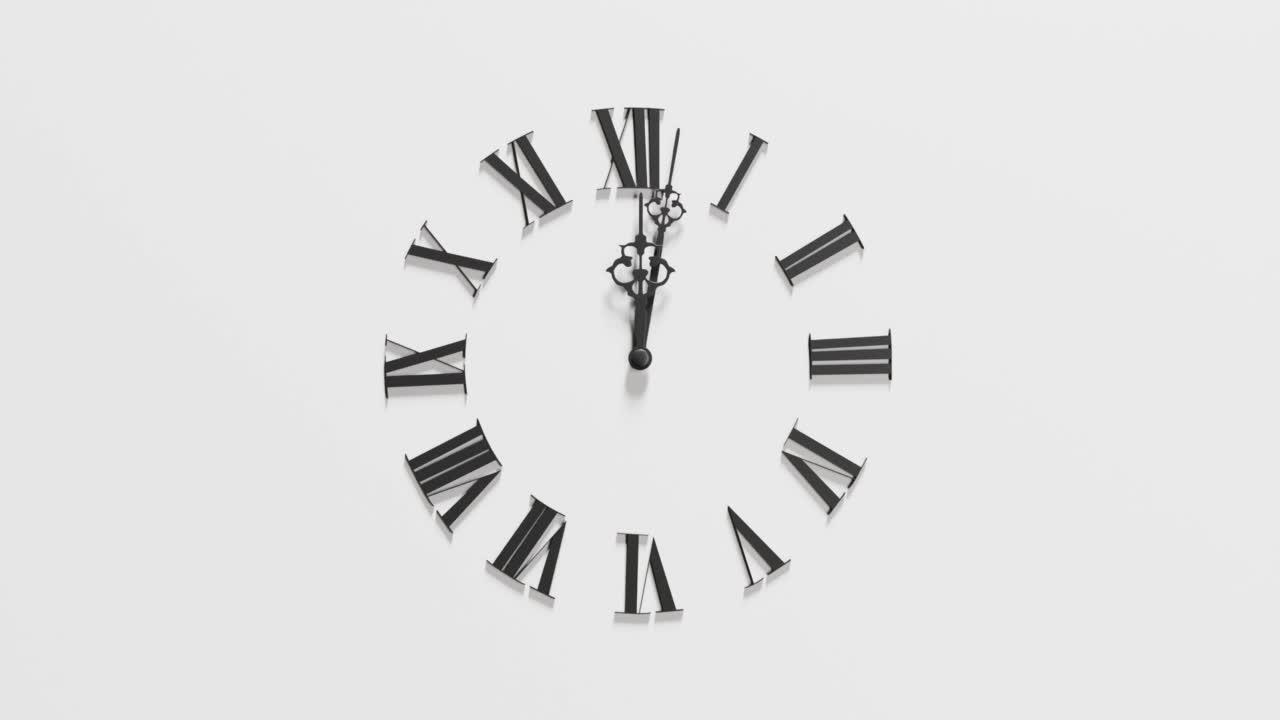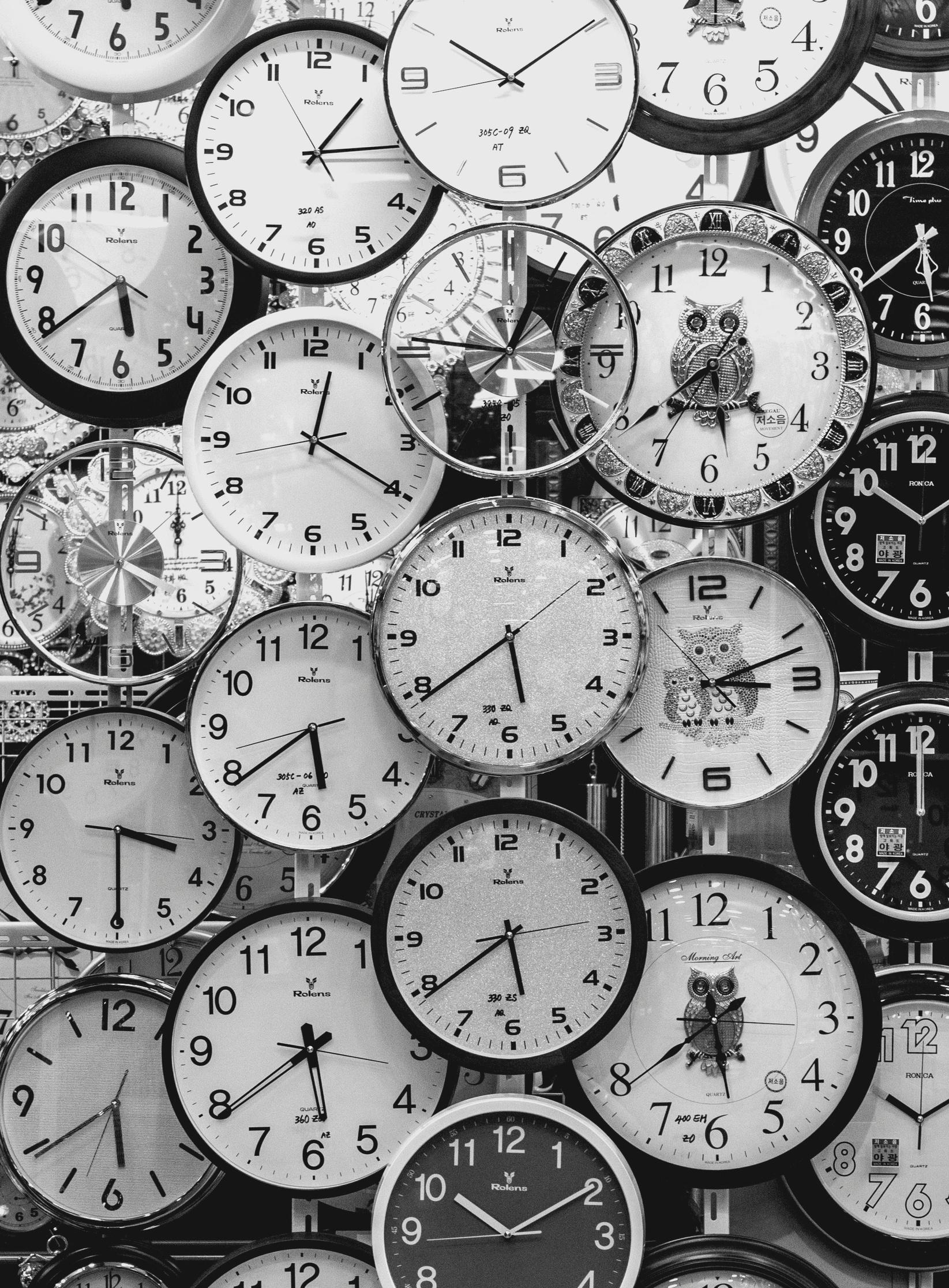How To Repair Antique Clock



Antique clocks are priceless artefacts of history and art in addition to being useful clocks. But they can deteriorate over time and need maintenance, just like any mechanical instrument. For those with a love of watchmaking and a steady hand, repairing an antique clock may be both tough and gratifying. It calls for persistence, focus, a few specialized tools, and knowledge. Assembling, cleaning, inspecting, lubricating, reassembling, and testing an antique clock are all tasks that will be described in this book, along with how to investigate the clock's specific mechanics and workings. Remember that restoring an antique clock can be a delicate operation, so it's wise to seek professional advice if you have any questions about any step of the procedure.


Steps For Repairing An Antique Clock


First, conduct a study on the particular type of clock you own in order to understand how it operates. Search online discussion boards, ask for guidance in online forums, and look for any manuals or guides that may have been written regarding your clock.
Once you are familiar with how your clock operates, carefully disassemble it. Label and arrange each component as you go. In order to avoid losing any little parts, make sure you work on a clean, flat surface with sufficient brightness.
Clean: Using a soft-bristled brush and a mild cleaning agent, completely wash every component of the clock. Make sure the gears, springs, and other components are free of dirt or other foreign matter that could damage the clock.

Examine: While the clock is being taken apart, examine each component for any signs of wear, rust, or damage. If you identify any broken components, you might need to replace them or get them fixed by a antique clock repair shop.


Lubricate: Use a high-quality clock oil or grease to lubricate the parts after cleaning and examining them. Use the appropriate oil or grease for each component, and use it carefully to prevent over-lubrication.
Reassemble: Carefully assemble the clock, using the labels and notes you made during disassembling, once you have finished cleaning, checking, and lubricating all of the parts. Make sure every component fits well and moves smoothly by taking the appropriate amount of time.


Test the clock to make sure it is operating properly after reassemble. Set the time and spin the clock, then keep an eye out for any odd sounds or motions. Disassemble the clock once more and make any necessary modifications if you discover any problems.

Finishing: After ensuring that the clock runs properly, wipe the case and any other visible components, including the face and hands, with a soft cloth. Finally, proudly show your restored antique clock!



meredith@clockrepairservice.com Message Us Phone No. (678) 462-7856 Visit Our Website www.clockrepairservice.com Remember, repairing an antique clock can be a delicate process, so it's always a good idea to visit a antique clock repair shop if you are unsure about any step of the process. If you want Antique clock repair service than you can contact us we are providing services InHome, Packing / Storage / Moving, physical shop.
















